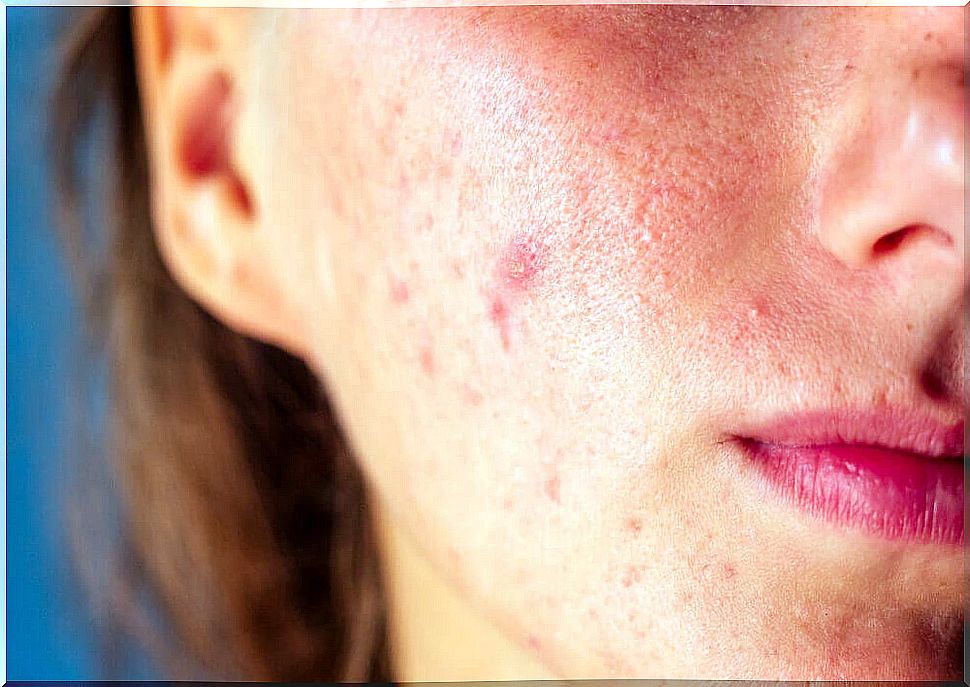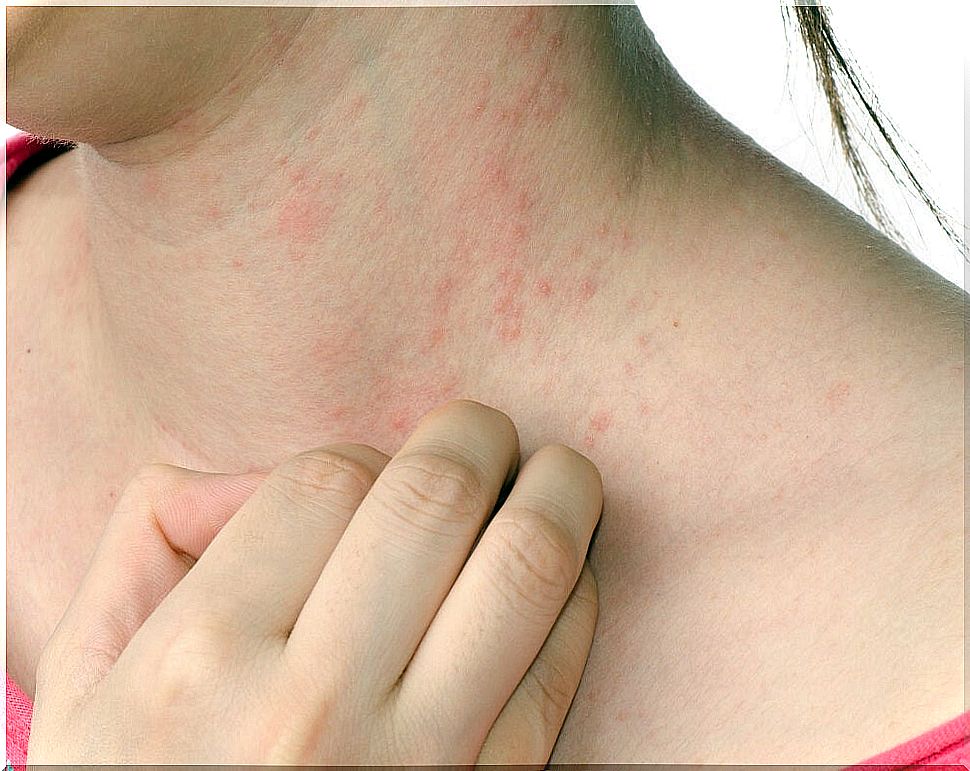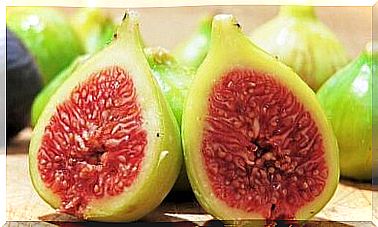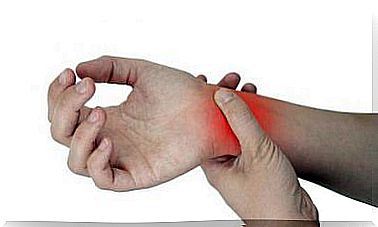Main Skin Diseases
Atopic dermatitis, acne, psoriasis are some of the main skin diseases that are most mentioned on a daily basis. However, they are not the only ones. Let’s see below what others affect the population frequently and what they consist of.
The skin
As the scientific literature indicates, the skin is the largest organ in the body. Thus, it has a thickness of between 0.5 and 4 mm, depending on the area of the body. It acts as a protective barrier against external agents and as an element of communication with the environment.
The skin isolates us from environmental factors such as bacteria and protects us against trauma or external organisms, such as mosquitoes. Likewise, it is the main organ in contact with the environment. Therefore, it also transmits information about it to us, through temperature, movement or pain sensors.
The skin is made up of three main layers that from greater to less depth are: the hypodermis, the dermis and the epidermis. This last layer, which is the one that is exposed to the environment (the most superficial layer), is perhaps the most studied by the field of dermatology, since most skin diseases affect the epidermis.
On the other hand, there is a varied population of microorganisms that inhabit the skin (microbiota) and make up its normal flora. These microorganisms play a very important role in the proper functioning of the skin. However, the existence of wounds or skin diseases can cause these microorganisms to end up causing infections that would aggravate the damage.
The main skin diseases

Acne, the most common of skin diseases
Acne is the most common skin disease. It can affect all types of people and develop at any age. However, the most common is that it occurs during adolescence. Acne has a clear and obvious symptomatology, since it gives rise to pimples, pimples and pustules that can develop on the face (more commonly) or in any other area of the body.
The physiological reason for acne is found in the sebaceous glands, located in the skin. These glands have as their function the production of sebum. In people with acne, the exit pore of the sebaceous glands becomes clogged, causing an infection and inflammation that leads to the appearance of pimples and blackheads.
Warts
The appearance of warts on the skin is also a very common condition in the field of dermatology. A wart is nothing more than a high proliferation of hardened skin cells. They are usually painless and their cause is usually viral.
Psoriasis
Psoriasis is an autoimmune disease that causes scaly skin lesions. Skin cells divide very quickly and tend to accumulate, forming scales and red spots on the skin that can be itchy or even painful.
It is a chronic disease that can appear and disappear periodically. Today its operation is not exactly known, but it is known that it has a clear hereditary component.
Contact dermatitis
The so-called contact dermatitis is an allergic reaction to certain foreign agents that causes the appearance of lesions and redness. The agents that produce this type of reaction are usually irritating compounds such as chemicals, soaps, detergents …

Seborrheic dermatitis
It is a chronic inflammatory disease, which causes the formation of scales in fatty areas of the body such as the face and scalp. It is due to the existence of allergic reactions to a certain type of fungus and is in many cases the underlying cause of dandruff.
Eczema
They are inflammatory skin lesions, similar to dermatitis, but tend to evolve differently. They are usually scaly lesions that are very itchy. They can appear as simple redness, blistering, or as a spot.
Vitiligo
It is a disease that causes a pigmentation deficit in the skin, as the skin cells that synthesize melanin (the pigment that gives color) are altered. Vitiligo disease manifests itself in the form of white spots that can appear in any area.
At present, there is no clear cause that explains the appearance of the disease, however, it is suspected that it may have an autoimmune origin that ends up damaging the cells responsible for the synthesis of melanin.







